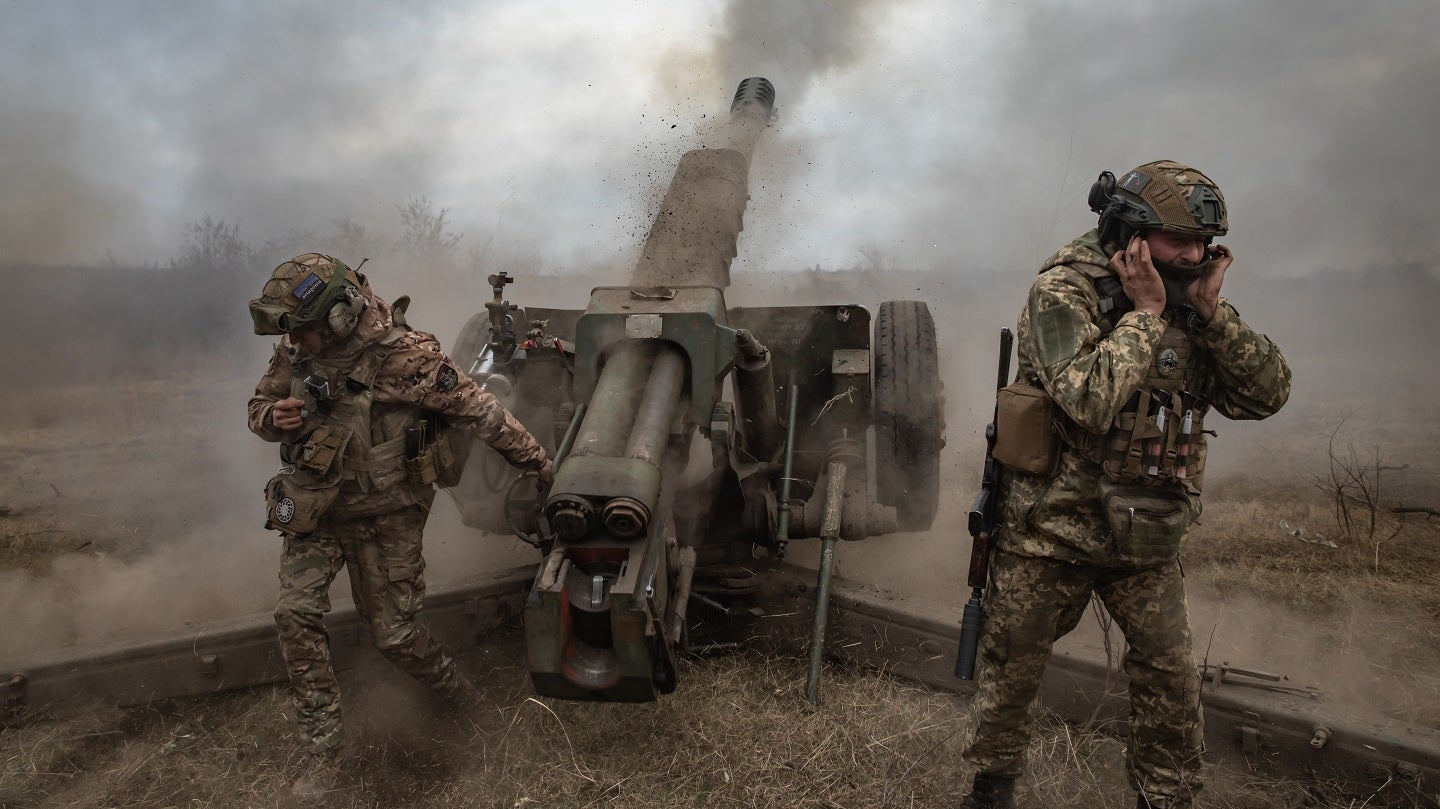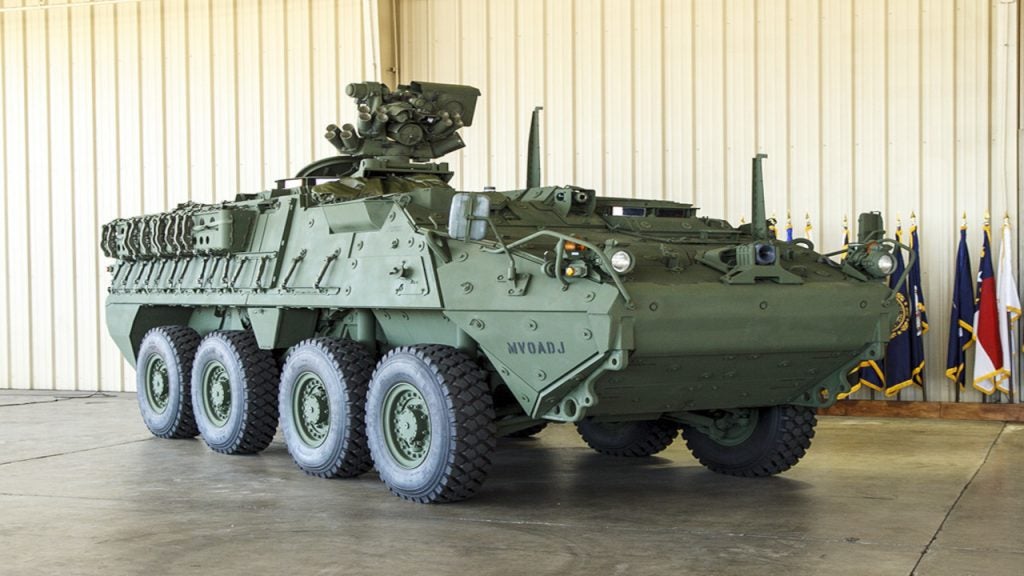
Nato Secretary Jens Stoltenberg remarked that Ukraine’s on an “irreversible path towards Nato membership”, during a visit to Kyiv on 29 April 2024, for talks with President Volodymyr Zelenskyy.
“Ukraine’s rightful place is in Nato. Ukraine will become a member of Nato. The work we are undertaking now puts you on an irreversible path towards Nato membership, so that when the time is right, Ukraine can become a Nato member straightaway,” said Stoltenberg.
Following the illegal invasion of Ukraine by Russia in February 2022, Ukrainian membership of Nato has been a clear priority for Zelenskyy.
On 11 July 2023, the Ukrainian President criticised the alliance for its hesitance in admitting Ukraine, saying that there was “no readiness” to invite Ukraine, and calling the lack of clarity “unprecedented and absurd”, before backtracking the following day, conceding that he understood the delay because “nobody is willing to have a world war”.
Reticence on collective defence responsibilities
The mention of a world war is a direct reference to Article 5 of the Nato treaty, an article that requires action of every Nato alliance member in response to any armed attack against a single ally.
According to Article 5, in the event of an armed attack on a Nato ally, all other members of the alliance will view this act of aggression as an attack on themselves and will take appropriate measures to aid the targeted ally.
The invocation of Article 5 allows allies to provide any form of assistance they consider necessary to address a given situation. Each ally bears an individual obligation and must determine what is necessary in their specific circumstances.
Accepting into Nato the besieged nation of Ukraine, a country suffering a continuous grind of violent attacks from invading Russian forces, could mandate an immediate invocation of Article 5, and bring all 32 member nations into direct conflict with Russia.
The tension between Russia and the United States was a dominant narrative for much of the second half of the Twentieth Century, with direct conflict between the two nuclear armed nations only averted through considered action.
The success of Nato is often considered to be its effective deterrence against conflict; the only time Article 5 has been invoked was in response to the September 11th attacks against the World Trade Center in 2001, which saw a unified response among Nato members coming to the aide of the United States. Although proxy wars have been fought in countries with the support from Nato countries in the West, and Russia and its allies, direct confrontation between these nuclear armed states has been avoided.
Other Nato support for Ukraine
Taken into consideration the potential scale of such a conflict, it is unsurprising that Nato members display a reticence to induct Ukraine into the alliance, even as it supports Ukraine’s war efforts against Russia. Stoltenberg in Kyiv praised the bravery of the Ukrainian people, and said that the preparations for July’s Nato Summit have seen Allies agree to plan for a greater NATO role in coordinating security assistance and training for Ukraine.”
“Leadership and bravery alone cannot repel the Russian forces; you also need arms and ammunition,” said Stoltenberg. “Ukraine has been outgunned for months… fewer Russian missiles and drones have been shot down, and Russia has been able to push forward on the front line. But it is not too late for Ukraine to prevail. More support is on the way.”
“I believe we also need a major, multi-year financial commitment to sustain our support,” continued Stoltenberg. “To demonstrate that our support to Ukraine is not short term and ad hoc, but long term and predictable. Moscow must understand: they cannot win. And they cannot wait us out.”
Following Russia’s illegal annexation of Crimea in 2014, Nato significantly increased its collective defence efforts, including a tripling of the Nato Response Force (NRF) and the creation of a 5,000-member Spearhead Force. Nato deployed multinational battlegroups in Estonia, Latvia, Lithuania, and Poland and increased its presence in Romania. Air Patrols were enhanced over the Baltic and Black Seas, and key military capabilities like Joint Intelligence, Surveillance, and Reconnaissance were advanced.
With the onset of Russia’s full-scale invasion of Ukraine in February 2022, Nato has taken further measures to enhance its deterrence and collective defence throughout the Alliance, deploying the NRF in this role for the first time. Allies have mobilised thousands of additional high-readiness forces, maintaining the NRF’s swift, responsive, and effective defence capabilities for NATO territories and populations.
In 2022 Nato decided to establish four additional multinational battlegroups in Bulgaria, Hungary, Romania, and Slovakia, bringing the total to eight, and doubling the total number of troops stationed on its Eastern flank.








